
As our Summer temperatures here in north Texas are easily reaching 100 degrees, keeping my vegetables cool with shade and/or regular watering has been a challenge. Another challenge I’ve been tasked with is the ever-ongoing battle with weeds. Have you ever noticed that most garden weeds seem impervious to heat, drought, pests or even physical abuse? I digress.
So I looked into organic or non-chemical weed control options. Obviously the most effective way to control weeds is by physically removing them yourself. Since my time (and probably yours) is limited, this option can only go so far. I can keep most of the weeds in between my raised beds at bay with my string yard trimmer. However, for the more mature and invasive weeds, this just gives them a bad haircut, and doesn’t really destroy them.
I wanted to try two organic methods that have been effectively used, vinegar and boiling water. The following are the details and results of this experiment.
Supplies
• 1 Gallon distilled white vinegar (a.k.a. “household vinegar”), 5% acetic acid
• 1 Gallon organic vinegar, 20% acetic acid
• Water, boiled, about 1-1/2 gallons
• 4 tablespoons liquid dish soap
Setup
I had two walkway areas between my raised beds that were heavily infested with crabgrass and Bermuda grass. These are easily two of the toughest weeds you can deal with (as Greg is cringing while writing this). One area was entirely Bermuda grass and the other was almost all crabgrass. I divided each area into three parts with scrap wood and labeled them. I then tested three different methods:
1. Boiling water
2. Distilled white vinegar, 5% acetic acid
3. Organic vinegar, 20% acetic acid
Application
• The Bermuda grass area and crabgrass area each got about a half-gallon of the vinegar (poured directly from the container).
• The vinegars were used at full strength.
• 2 tablespoons of liquid dish soap were added to each vinegar solution prior to applying it. The soap breaks down the waxy surface found on the plant, which makes the plant more susceptible to the action of the active ingredient (in this case, the vinegar). It also helps the vinegar stick to the leaves, rather than running off.
• The water was brought to a rolling boil and applied immediately.
After the application, the weed areas were left for about 24 hours. It needs to be noted that at the time of this post, we haven’t had any rain for several days, so the soil was definitely dry. The methods were applied around noon, which was during the recommended ‘hot’ part of the day.
Results
And the winner is, all of them! As seen in the photos, in less than 24 hours, I got noticeable and very quick results from all three methods:
 |
 |
| Crabgrass before | Crabgrass after |
 |
 |
| Bermuda grass before | Bermuda grass after |
 |
 |
| Crabgrass (left) and Bermuda grass (right) treated with boiling water | |
 |
 |
| Crabgrass (left) and Bermuda grass (right) treated with distilled white vinegar, 5% acidity | |
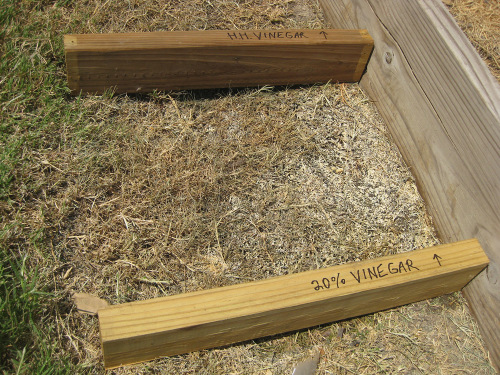 |
 |
| Crabgrass (left) and Bermuda grass (right) treated with organic vinegar, 20% acidity | |
Note: It needs to be noted that you will not usually get 100% control; that is, some plants may die above ground, but might in time send up new growth from the root.
Use Caution with These Methods
If you are going to use these methods to control your weeds, care must be taken. The boiling water and vinegar are not selective when it comes to plants. They both have the potential to kill any and all foliage, so only use these methods where nearby plants aren’t or will not be growing. Vinegar can and probably will kill micro-organisms in the soil. Only apply the method directly to the plant, and try to minimize the soil area that gets wet around the weed. Wear protective clothing and gloves while applying the vinegar, as acetic acid can cause irritation, burns, or an allergic reaction. Use a pot holder or hot mitt when holding and transporting the boiling water to avoid burns.
Pros & Cons of Each Method
Boiling Water
Pros: Least expensive, very readily available
Cons: Least efficient, must wait for water to boil
Distilled White Vinegar, 5% Acetic Acid
Pros: Less expensive than the organic vinegar, readily available in grocery stores
Cons: Can be expensive if needed in large quantities
Organic Vinegar, 20% Acetic Acid
Pros: Most effective
Cons: Most expensive, only available in farm & feed stores or specialty garden center. Some plants may die above ground, but send up new growth from the root. This means that you will not get 100% control using vinegar
Good luck with controlling the weeds in your garden. What methods have or haven’t worked for you?
Fine Gardening Recommended Products

A.M. Leonard Deluxe Soil Knife & Leather Sheath Combo
Fine Gardening receives a commission for items purchased through links on this site, including Amazon Associates and other affiliate advertising programs.

Fiskars 7.9-12ft Extendable 2-in-1 Pole Tree Trimmer & Pruner with Rotating Head and Precision-Ground Steel Saw Blade
Fine Gardening receives a commission for items purchased through links on this site, including Amazon Associates and other affiliate advertising programs.

Fiskars Garden Tool Caddy with Removable Small Tool Storage for Indoor and Outdoor Gardening Use, Made with Recycled Plastic
Fine Gardening receives a commission for items purchased through links on this site, including Amazon Associates and other affiliate advertising programs.





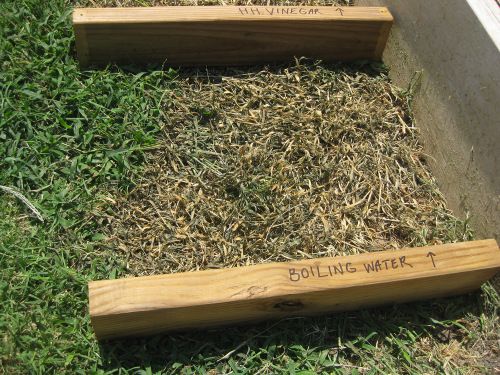
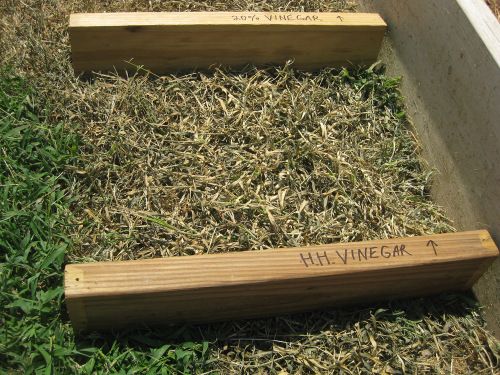


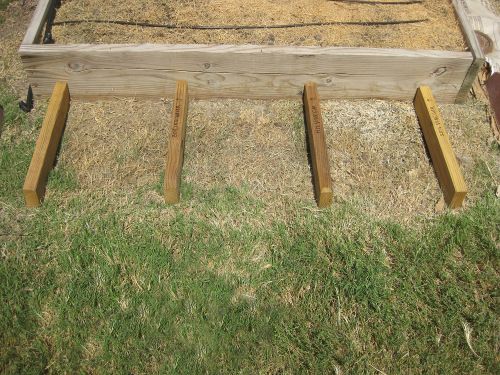
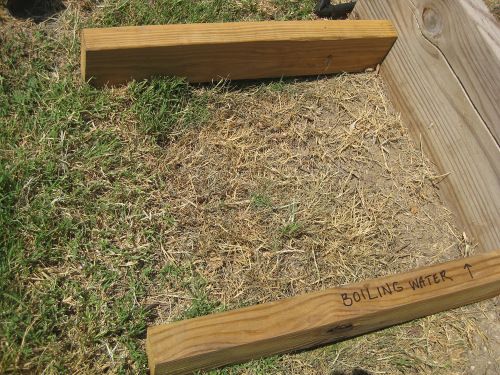



















Comments
Log in or create an account to post a comment.
Sign up Log in